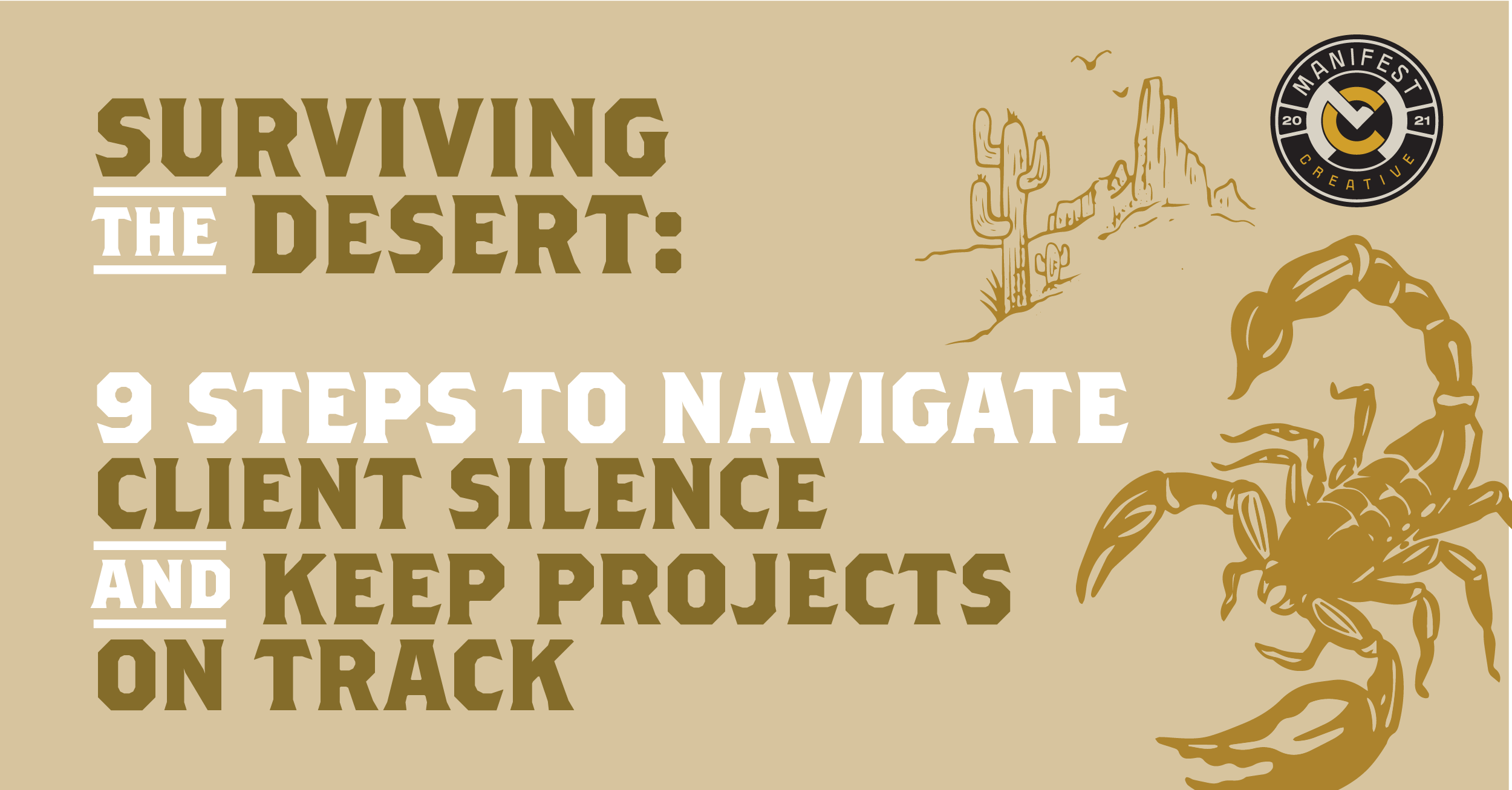How to Respond to Clients Who Don’t Communicate in a Timely Manner
In the fast-paced world of design, timely communication is crucial for delivering quality work on schedule. However, not all clients respond as promptly as needed, which can lead to delays, frustration, and project inefficiencies. As a design firm specializing in food and beverage packaging, branding, and illustration, navigating these situations with professionalism and tact is key to maintaining strong client relationships and ensuring project success.
1. Set Clear Expectations from the Start
Establishing clear communication expectations at the beginning of the project is one of the most effective ways to prevent delays. When onboarding a new client, outline the importance of timely feedback and responses, especially when deadlines are tight. Include communication guidelines in your contract, specifying response times for emails, approvals, and revisions. This not only sets a professional tone but also gives you a reference point if delays occur later.
2. Be Proactive with Follow-Ups
If a client isn’t responding, it’s essential to be proactive. Send a polite follow-up email or message reminding them of the pending items and the impact of delays on the project timeline. A gentle nudge often helps clients refocus on their priorities. You can phrase it as, “I wanted to check in on the status of [specific task or approval]. Timely feedback helps us stay on track for our deadline of [specific date]. Please let me know if you need any additional information or time to make a decision.”
3. Offer Solutions, Not Just Problems
When following up, frame your message with a solution-oriented approach. Instead of just pointing out that a delay has occurred, offer possible solutions. For example, “If you’re busy this week, could we set up a quick call to finalize the details? Alternatively, if another team member can provide feedback, that could help us move forward without delay.” This shows your commitment to keeping the project on track and your willingness to be flexible.
4. Utilize Project Management Tools
Implementing project management tools can streamline communication and make it easier for clients to keep track of tasks and deadlines. Tools like Asana, Trello, or Monday.com can provide clients with a clear visual timeline of the project, highlighting any overdue tasks or upcoming deadlines. These platforms also allow for automated reminders, reducing the burden of manual follow-ups.
5. Communicate the Consequences of Delays
If a client’s lack of timely communication is becoming a recurring issue, it may be necessary to address the potential consequences directly. Without being confrontational, explain how delays can impact the project’s timeline, budget, and final outcome. For example, “To meet our deadline, we’ll need approval by [specific date]. If we’re unable to move forward by then, it could push our timeline back, which might affect other deliverables.” This approach underscores the importance of collaboration while remaining professional.
6. Be Prepared to Adjust
In some cases, despite your best efforts, delays will happen. Be prepared to adjust your project timeline if necessary, but do so with clear communication. Let the client know how the revised timeline will affect the overall project and what steps you’ll take to keep things moving forward. Flexibility is important, but so is ensuring that the client understands the implications of their delayed responses.
7. Know When to Escalate
If communication issues persist and start to jeopardize the project’s success, it may be time to escalate the matter. This could involve setting up a meeting with key stakeholders to discuss the delays and agree on a plan to improve communication. In extreme cases, you may need to consider pausing the project until the client can commit to more timely responses.
8. Maintain a Positive Attitude
Throughout the process, maintain a positive and professional attitude. Clients are more likely to respond positively to someone who is understanding and solution-focused rather than someone who is frustrated or accusatory. Building and maintaining a strong rapport with your clients can often smooth over communication hiccups and keep the project moving forward.
9. Reflect and Learn
After the project is complete, take some time to reflect on what worked and what didn’t in terms of communication. This can help you refine your approach for future projects, ensuring even better client interactions and project outcomes.
Conclusion
Timely communication is the backbone of any successful project, especially in the design industry. By setting clear expectations, being proactive, and maintaining professionalism, you can effectively manage clients who struggle with timely communication. Remember, the goal is to keep the project on track while fostering a positive and collaborative relationship with your clients. With these strategies in place, your design firm will be well-equipped to handle communication challenges and deliver outstanding results.

